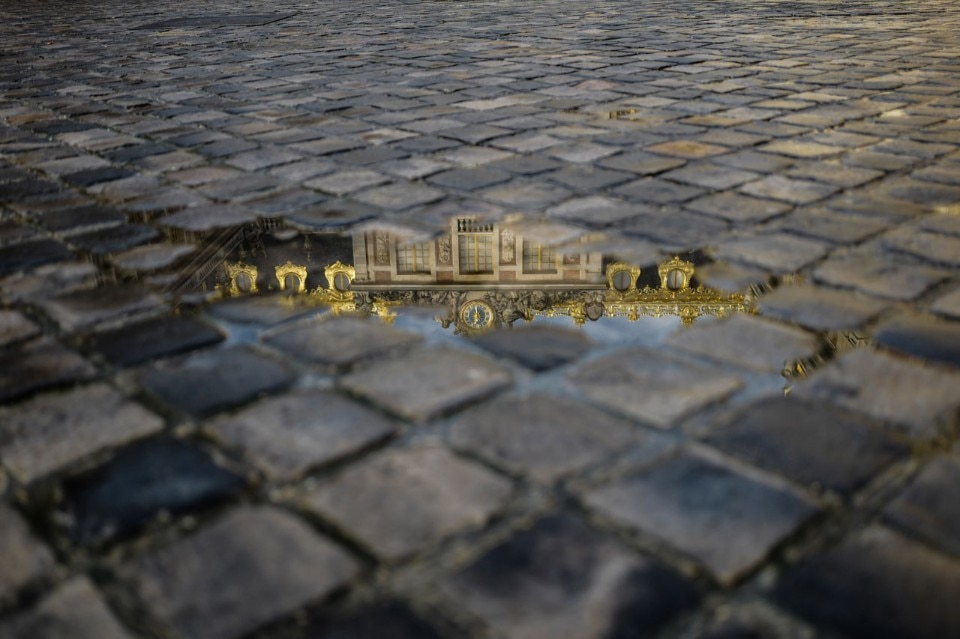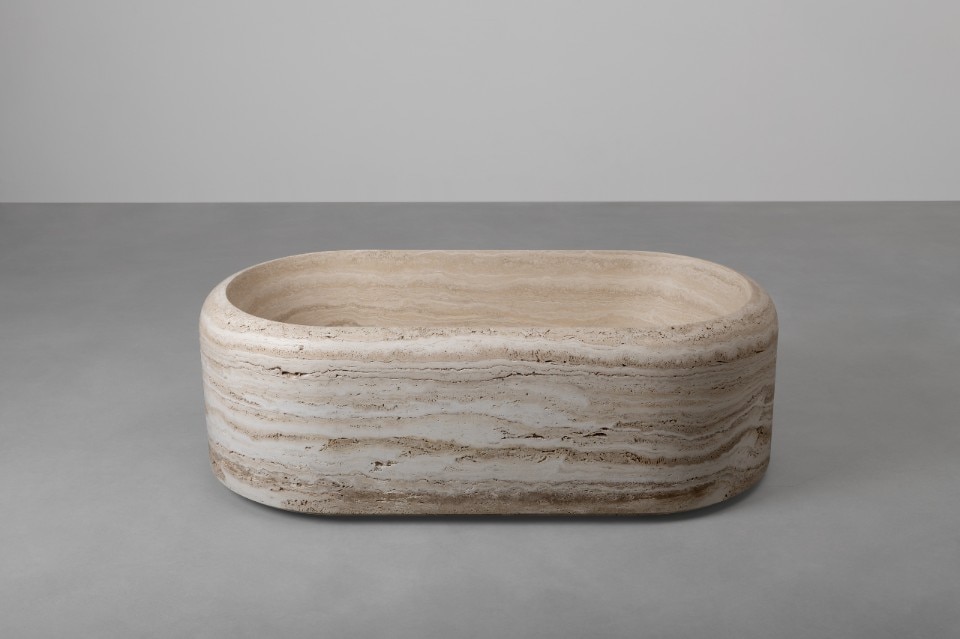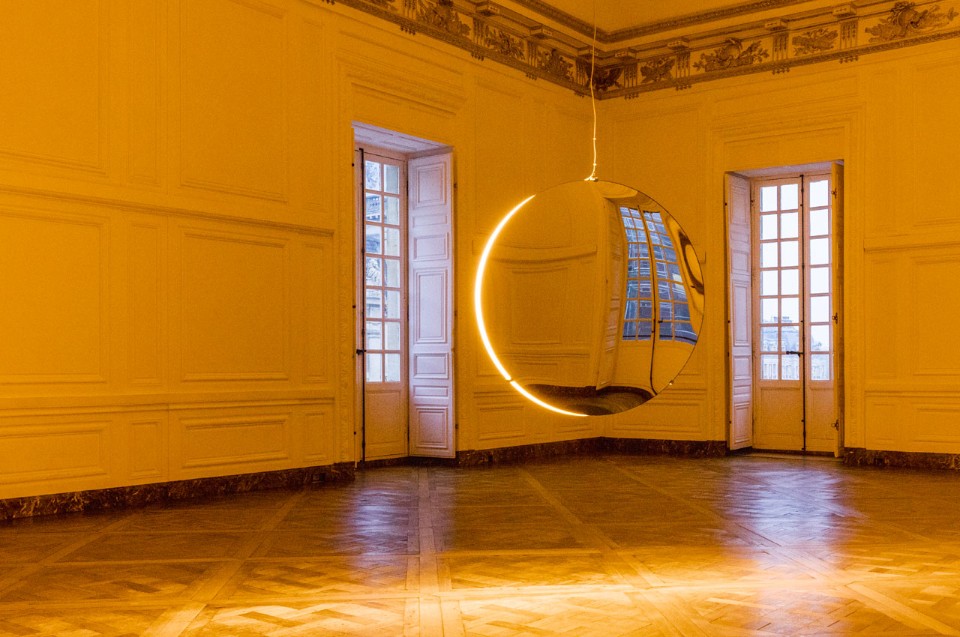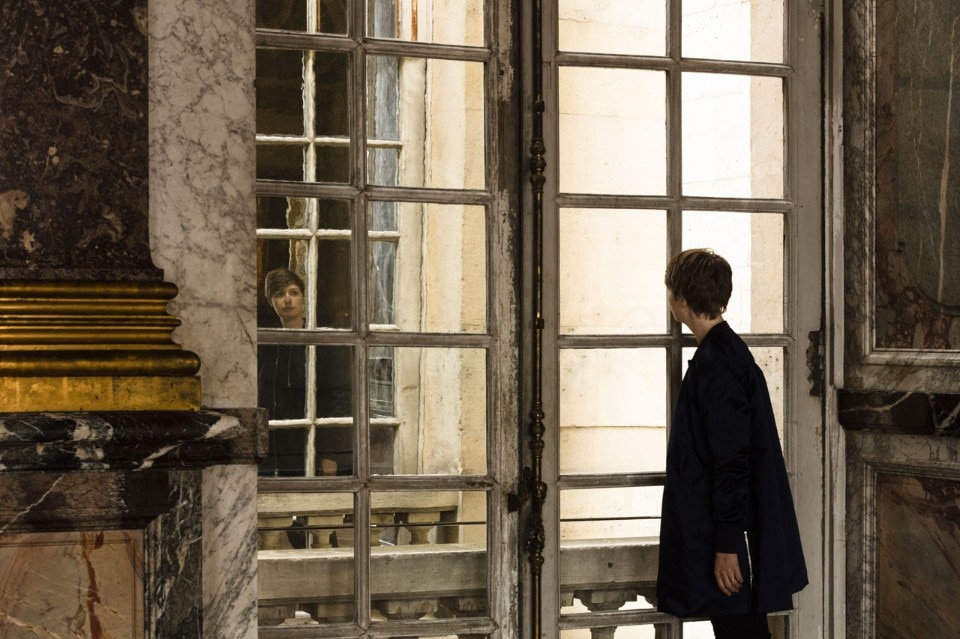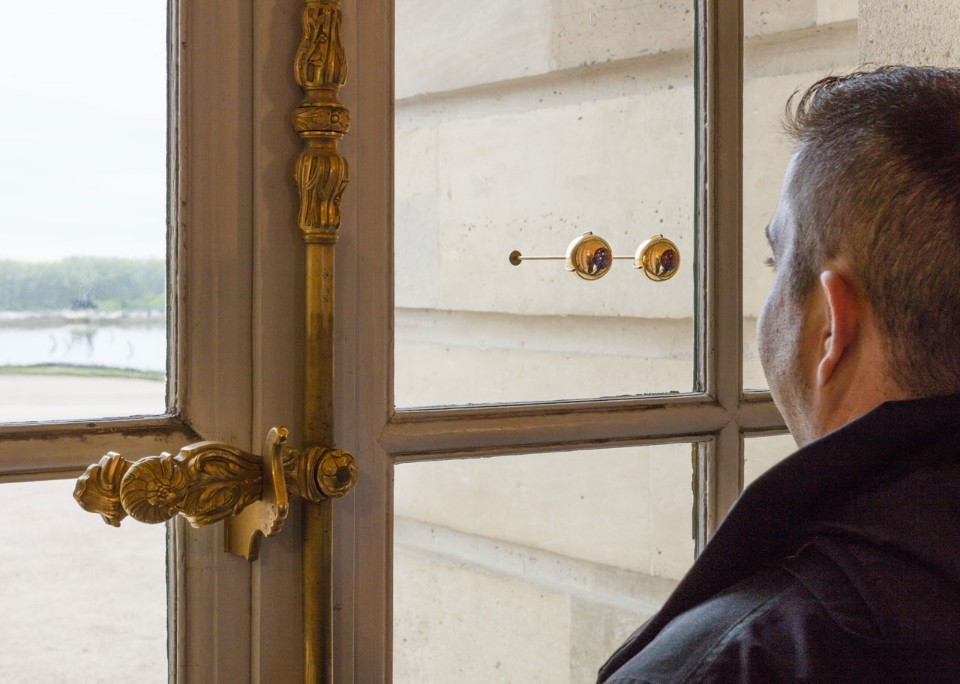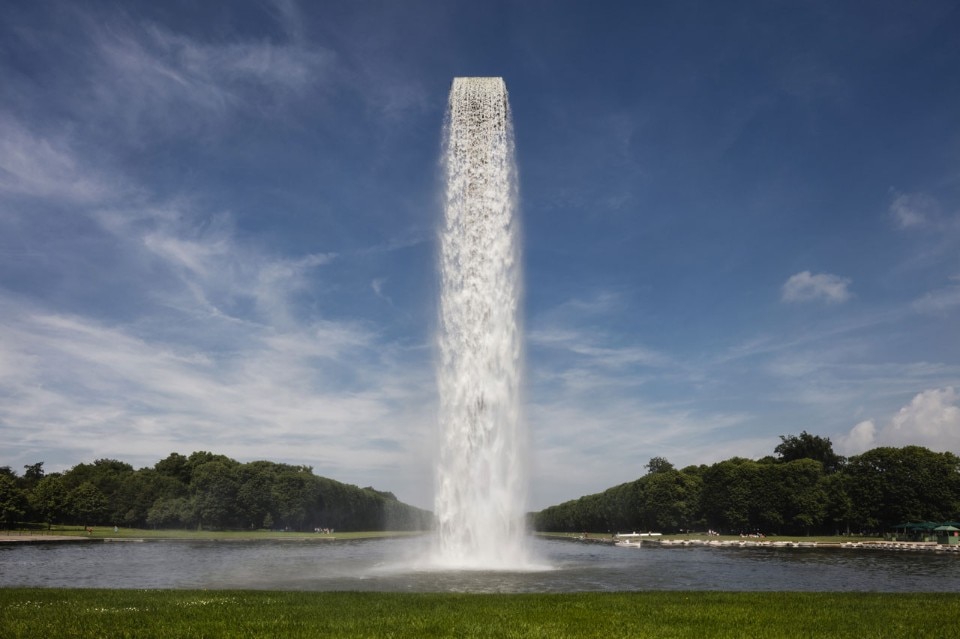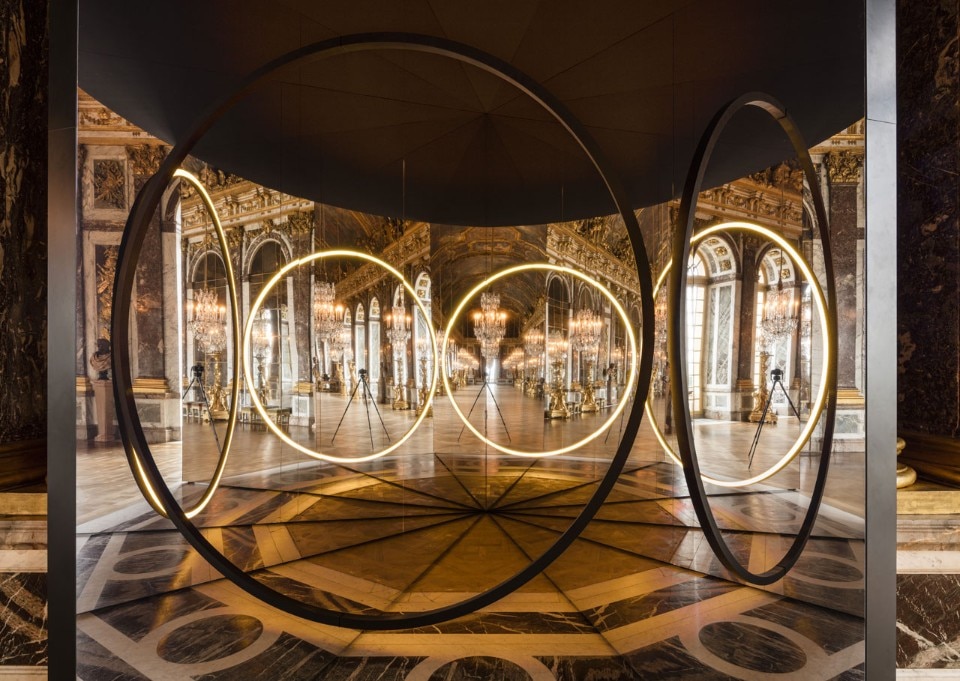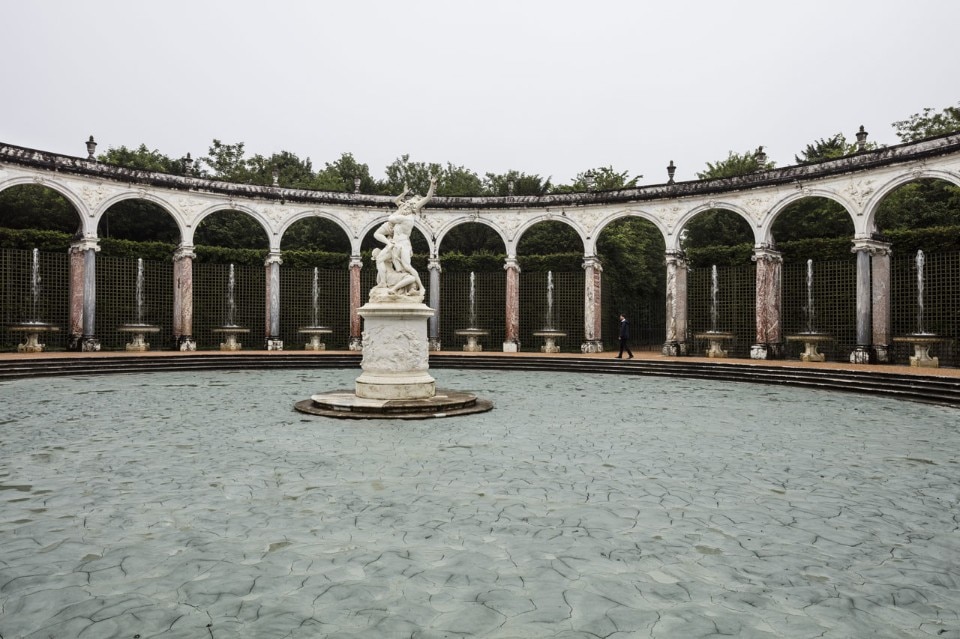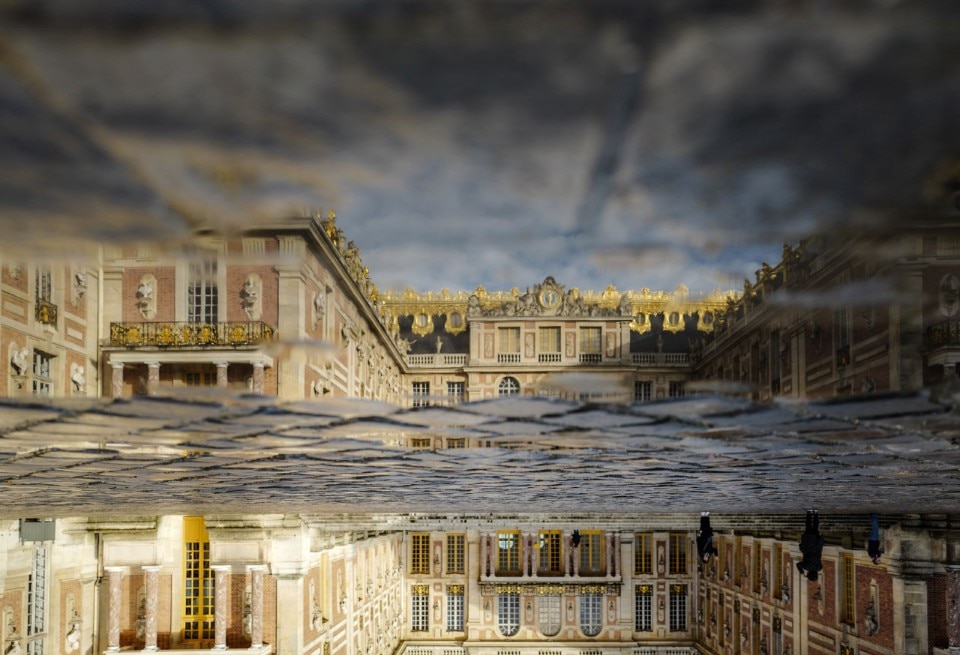
The Versailles that I have been dreaming up is a place that empowers everyone. It invites visitors to take control of the authorship of their experience instead of simply consuming and being dazzled by the grandeur – O. Eliasson
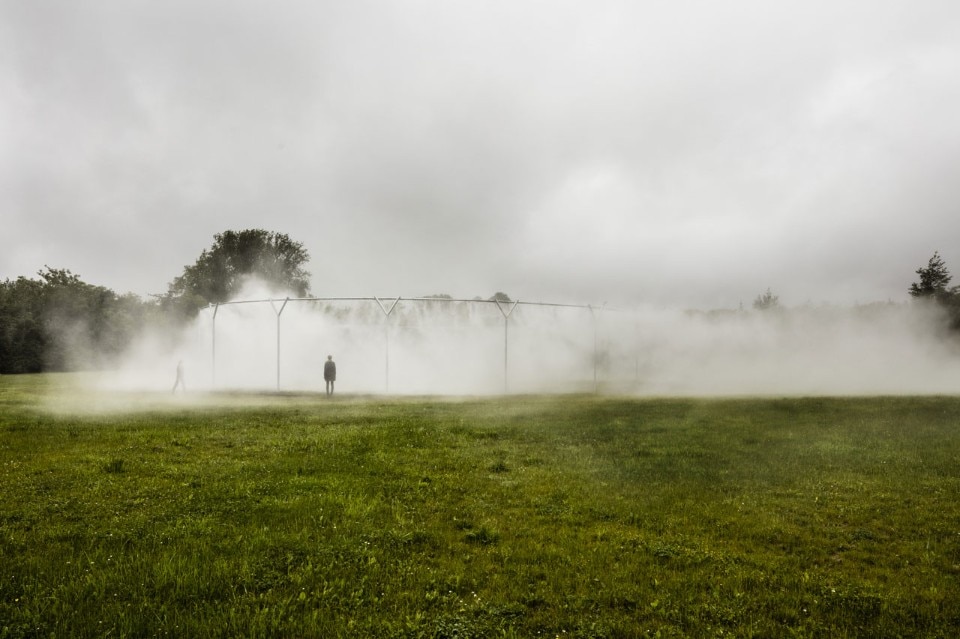
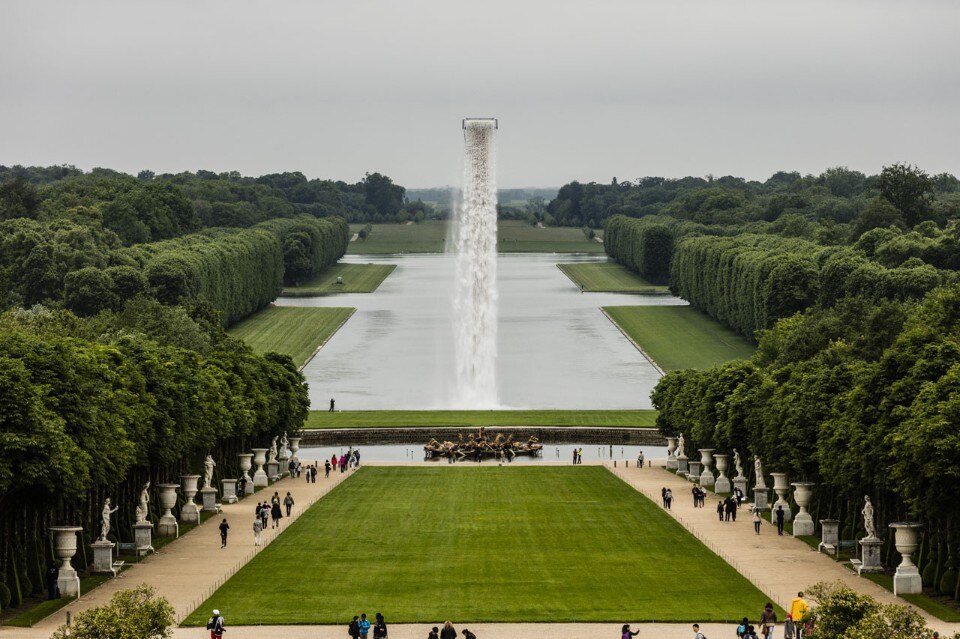
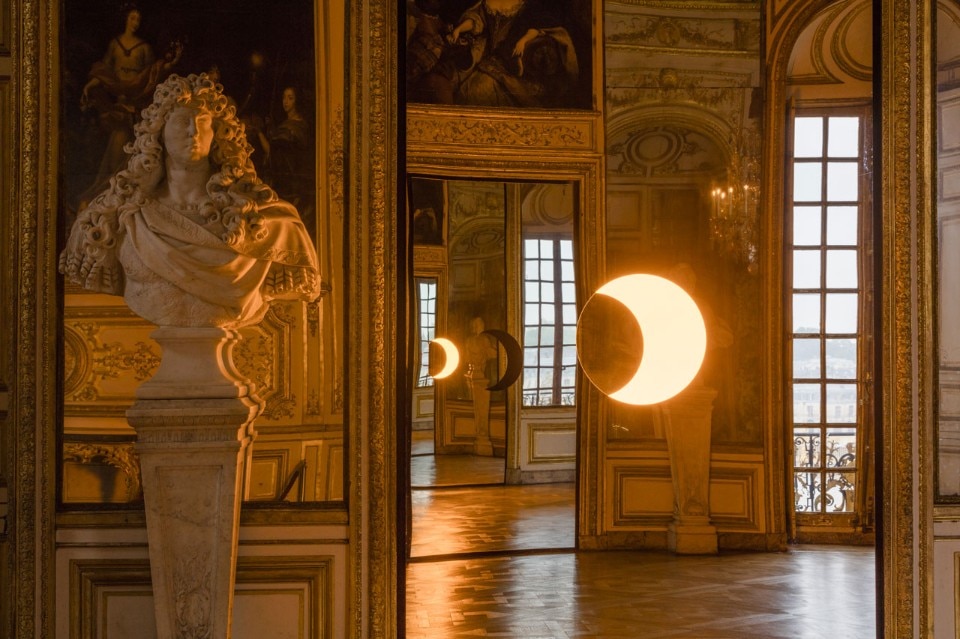
until 30 October 2016
Olafur Eliasson Versailles
Château de Versailles
Entrance to the exhibition in the Château and Gardens via the Cour d’Honneur of the Château de Versailles
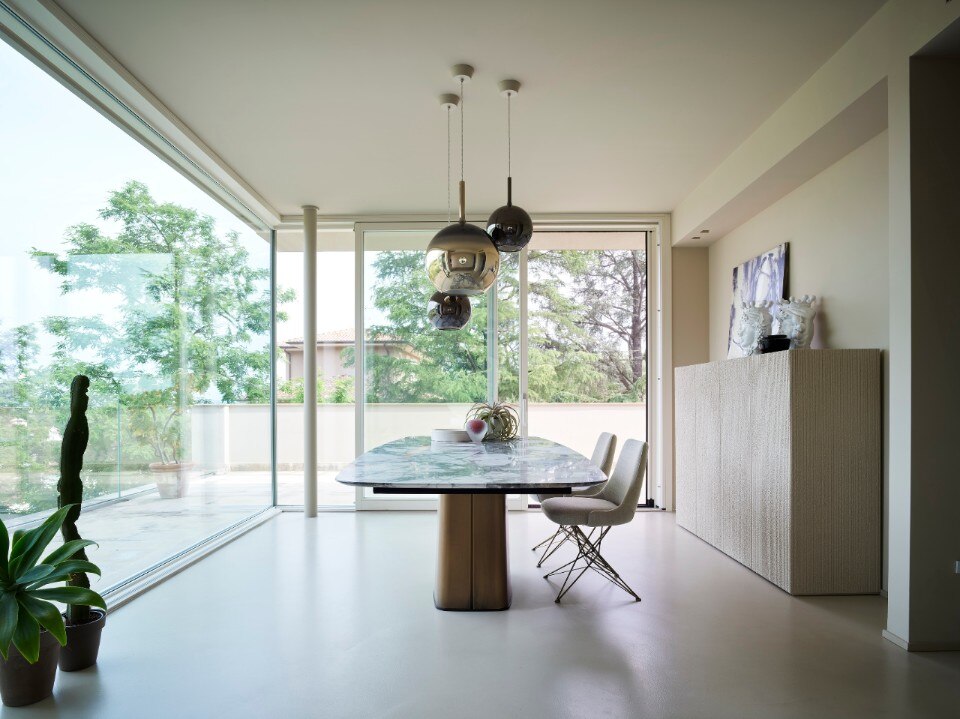
What if the edge could connect?
FLAT is the flush window born from a deep dedication to design; it speaks the language of architects, integrating seamlessly into diverse contexts.



